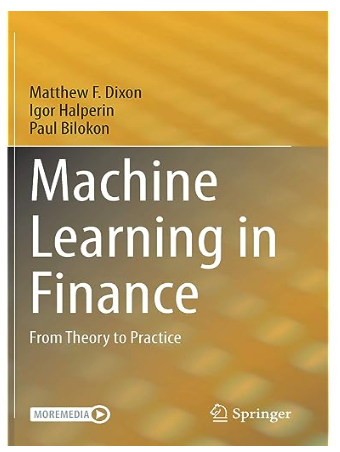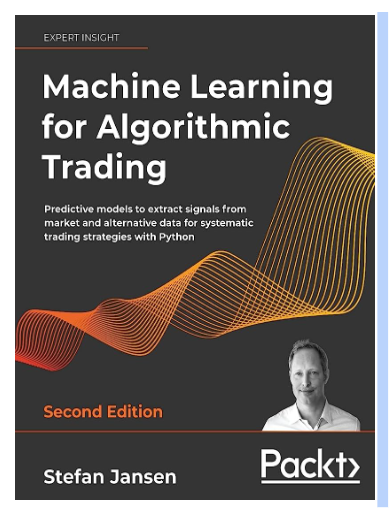- Machine learning is one of the most sought-after skills in the deep world of Finance.
- Integration of programming languages such as Python can extensively provide us with ways to make knowledgeable decisions.
Over the years, ample information has been gathered about the world of quantitative finance, trading, and asset management. But, as the world of finance moves forward with each passing day, the desire to stay up-to-date and acquire new knowledge has become pivotal. Let us look at the top books you can read to get a deeper understanding of the world of finance.
Python for Finance: Mastering Data-Driven Finance-Yves Hilpisch
In this book, the author talks about the application of programming languages such as Python to solve finance-related problems. The book focuses on data-driven techniques such as deep learning. The book consists of case studies and thorough explanations, making it the top choice for individuals looking to upskill themselves in finance. The book comes with a moderate level of complexity and is ideal for an audience with an intermediate level of prior knowledge.

Advances in Machine Learning – Marcos Lopez de Prado
The book is all about applications of machine learning algorithms to the finance industry. By allowing readers to gain insights into the use of machine learning algorithms, the book provides new approaches to analysing financial markets and trading.
The book illustrates finance-specific knowledge about machine-learning techniques such as labelling financial data, methods to prevent overfitting and feature engineering.
The author has also talked about the ways to mitigate data swooping issues, and non-stationary environments, along with the approach towards formulating financial strategies through machine learning.
The book is targeted at an audience with a background in investment banking, machine learning and data science with knowledge of applying machine learning outside of finance.

Machine Learning for Asset Managers-Marcos Lopez de Prado
Compared to Marcos’ other book “Advances in Machine Learning”, this one is easier to comprehend. This is ideal for professionals working in the asset management space, as it provides a practical guide to enhancing returns irrespective of the trading strategies used by asset managers.
In terms of technicality, this book is easier to comprehend compared to the above book. The book simply introduces the techniques of machine learning and deep learning and provides a practical focus for the reader.

Deep Learning in Finance-Paul Bilokon, Igor Halperin, and Matthew F. Dixon
The book aims to transform traditional econometrics into quantitative finance. The book was written to be used in the field of quantitative finance in view of the requirements within this field. The book is targeted toward researchers, advanced graduates, and practitioners who possess prior knowledge about the domain.

Machine Learning for Algorithmic Trading – Stefan Jansen
This book is considered one of the best works of Stefan Jansen. It delves into the concept of applying machine learning and deep learning approaches towards algorithmic trading.
The book encompasses detailed knowledge of different predictive models. Moreover, it also provides a comprehensive guide to utilising market and alternative data for systematic trading strategies.
It’s a resourceful product for individuals fascinated by algorithmic trading and quantitative finance. The book is ideal for individuals with advanced knowledge of said domains, as it comes with a high level of complexity.

Conclusion
These top books offer valuable insights into the world of finance and the integration of machine learning and programming languages like Python. From data-driven finance to algorithmic trading, these resources cater to different levels of expertise and provide essential knowledge for professionals seeking to enhance their skills in quantitative finance and asset management.


